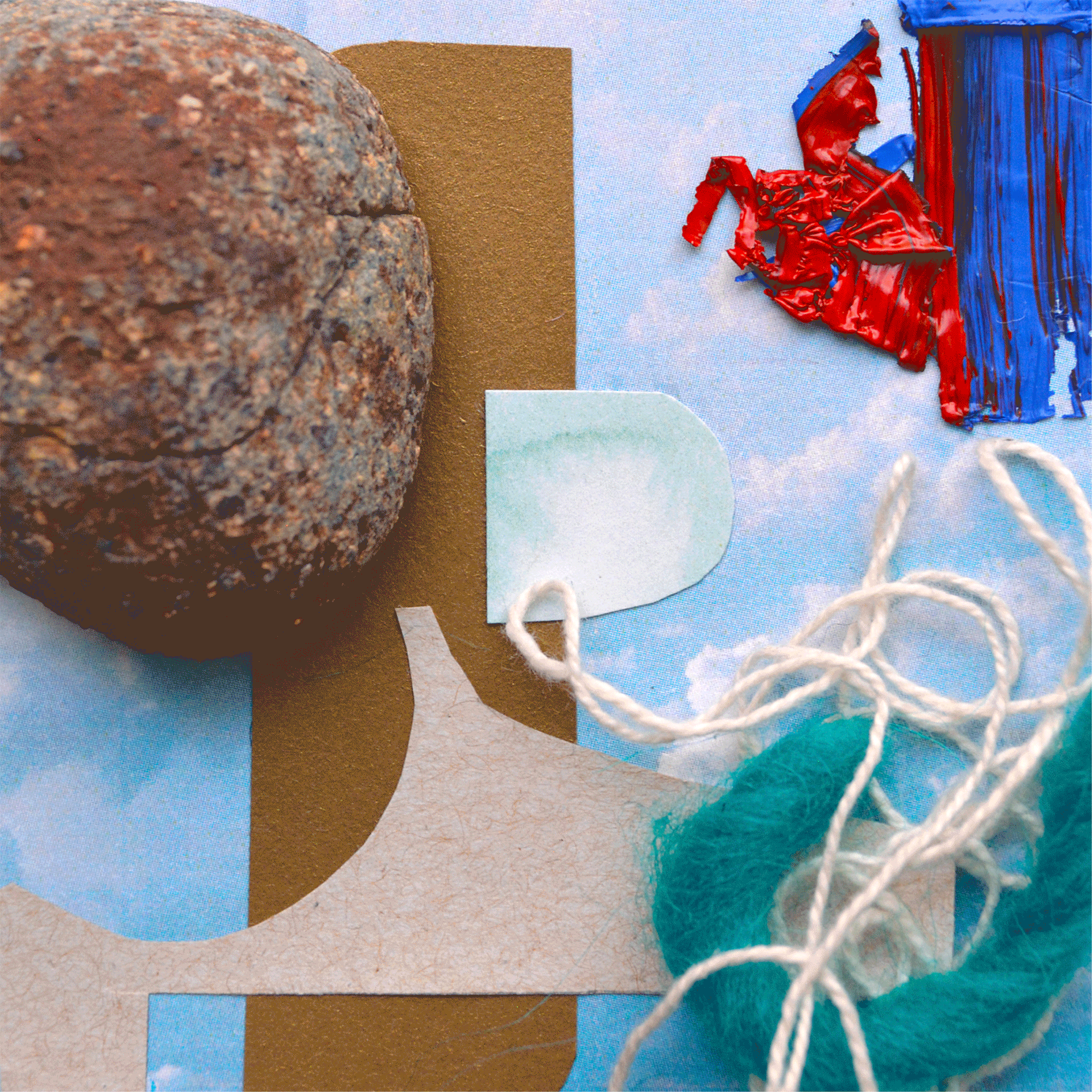2021 Fall Issue - What Matters in Healing?
Citation: McEnaney, Lillia and Urmila Mohan. “What Matters in Healing?” The Jugaad Project, Vol. 3, No. 3, 2021, www.thejugaadproject.pub/editorial-healing-fall-2021 [date of access]
Panel Discussion Jan. 27, 2022
“Felipa Rivera in Y+rata during the Yuimakwaxa Ceremony” October 2015. Photo by Cyndy Margarita Garcia-Weyandt.
Healing practices are often central to the anthropological study of religion, and the intersections between notions of religion and healing inherently flow between and within disciplines, asking us to think deeply and laterally, as well as move between theory and practice. These boundaries are so fluid that one might say, in certain contexts, religion—as essence, spirit, cosmology, belief—is specifically valued because of its potential for healing.
What processes, movements, and epistemological or physical structures make productive spaces for healing? How can we think about healing in a sense that moves via and past the physical, interrogating temporal ways of being throughout time, place, and space? How can relationality, place-based thinking, and embodied ways of knowing come together to form a collective consciousness around healing when framed as well-being, care, mindfulness and gratitude? Fundamentally, if anthropology and cultural studies are about paying attention to certain contexts what does the praxis of healing mean and do in varied contexts?
These questions and others form the crux of our Fall 2021 issue. In the wake of the ongoing coronavirus pandemic—and the collective social and individual harm it continues to perpetuate—notions of healing have come to the forefront of public thought and attention. Many of us are looking for ways to move through and past our current moment—how can we work towards a collective cure, a societal sanative, for the ongoing structures of harm perpetuated by our current sociopolitical structures?
The interrogation of the idea of healing—and the epistemologies that surround it—is not new to the study of material religion, but it is the juxtaposition of materials in this issue that make it unique. Our articles, essay, and video presentation include first-hand accounts of the need for healing in contexts as diverse as museums and diasporic belonging, to the renewed attention being paid to Indigenous cosmologies and farming practices.
Cyndy Margarita Garcia-Weyandt discusses the myriad of ways agricultural practices are interconnected with healing modalities in her article “Curing With Our Mother Corn.” Using environmental justice and healing justice frameworks, she examines how Our Mother Corn (“Native Corn”), as a Wixárika relative, prescribes and assures the health of Wixárika families. Drawing from ethnographic research, the author examines Wixárika communities’ views on health. To be healthy, Wixárika families maintain a harmonious relationship with their ancestors—including “Our Mother Corn” (Heritage Corn)—to receive and cultivate wellness. In the article, the author questions current healing frameworks and problematizes the current traditional practices.
In “Body, Goddess and Healing,” Maheshvari Naidu explores the affective and physical ‘territorialisation’ of the body during measles, and how vernacular Tamil beliefs consider this a visit from the Goddess called Mariammen. She traces the interruption (and disruption) into the devotee’s life through the material presence of measles as the immaterial, yet tangible existential presence of her anger splayed ferociously out across the body. The healing instance of measles, invokes and provokes a bodyscape of heat and cooling to match the temperament of the goddess. The essay deconstructs the poly-semiotics of healing as a kind of purging and takes an under-the-skin look at the materiality of both body and goddess in this context.
A máti charm located in a shrine above the door of a Greek bus underscores the double-danger of both entryways and transit. (Photo by D. Kavadias)
In “A Theory of Relational Affliction and Healing: Evil Eye in Iran and Greece” Rose Wellman and Dionisios Kavadias offer a comparative ethnographic study of the evil eye. With rich ethnographic detail, the authors explore the ongoing significance of evil eye affliction as well as the diagnostic approaches and remedies used for removal of this curse. Their analysis shifts focus from previous paradigms of social cohesion to local cultural logics, ways of knowing, and realities that foreground bodily integrity and experiences of energy. They present evil eye as a case study in relationality and embodied affliction/healing.
Emily Levick’s talk “All Being Well: Exploring the Therapeutic Potential of Museums” is unique, bringing her own personal experiences with health conditions and definitions in conversation with museum praxis. Levick, herself a doctoral student of Museum Studies, turns to museums as stimulating, inspiring, and rewarding environments, spaces where people gather socially, and places of learning and discovery. Yet, she notes, for chronically ill, disabled, and housebound individuals, they are also largely inaccessible. Suffering from symptoms ranging from pain and fatigue to depression and anxiety, these people are unlikely to be able to experience museums in the ways they would like, and often will not experience them at all. So Levick asks: What does healing look like in the museum context? How can cultural institutions contribute to the wellbeing of their communities? What needs to be done in order to achieve greater diversity and inclusivity in the area of health and wellbeing in museums?








